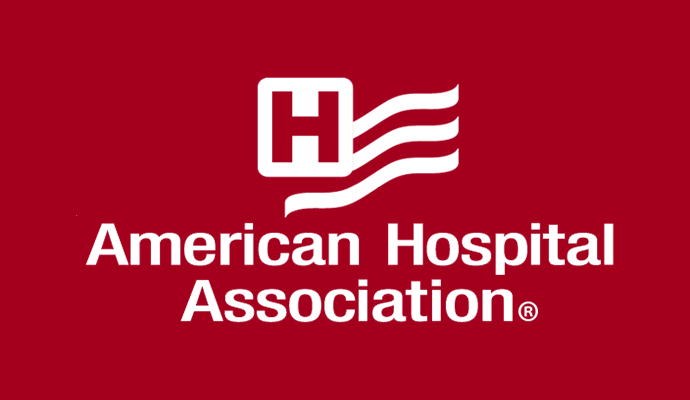AHA Calls for Changes to FY23 Inpatient Rehabilitation Facility PPS
The payment increase for inpatient rehabilitation facility providers included in the proposed rule does not accurately reflect the financial challenges hospitals faced during the pandemic, AHA said.

Source: AHA Logo
- The American Hospital Association (AHA) has asked CMS to adjust the final Inpatient Rehabilitation Facility (IRF) Prospective Payment System (PPS) rule for FY 2023, noting concerns about the proposed market basket adjustment, productivity reduction, and outlier threshold modification.
CMS released the FY 2023 IRF PPS proposed rule in March 2022. The rule proposed a 2.0 percent overall increase, or $170 million, in IRF payments. The increase reflects a 3.2 percent update to the inpatient rehabilitation facility market basket, a 0.4 percent reduction for productivity adjustment, and a 0.8 percent decrease in outlier payments.
In a letter to CMS Administrator Chiquita Brooks-LaSure, AHA expressed its agreement with certain aspects of the proposed rule but noted that other updates do not accurately reflect the reality hospitals are facing.
With the 2.0 percent increase in IRF payments, the IRF PPS labor-related share would grow only slightly from 72.9 percent in FY 2022 to 73.2 percent in FY 2023, the letter pointed out. According to AHA, this change does not account for the substantial labor expenses hospitals experienced during the pandemic.
Hospital labor expenses per patient through 2021 were 19.1 percent higher than in 2019, AHA said. Additionally, the January 2022 labor expenses per adjusted discharge were 52 percent steeper than January 2020 levels.
“We are deeply concerned about increased costs to hospitals that are not reflected in the market basket adjustment and ask CMS to discuss in the final rule how the agency will account for these increased costs,” AHA wrote.
The trade organization also expressed concern about the productivity reduction and asked CMS to elaborate on the productivity gains on which the agency based the 0.4 percent cut. This reduction does not align with the losses in productivity that hospitals faced during the pandemic, AHA said.
In order to maintain outlier payments at 3.0 percent of total payments, CMS proposed to increase the outlier threshold amounts from $9,491 in FY 2022 to $13,038 in FY 2023. Without this adjustment, outlier payments in FY 2023 would be 3.8 percent of total payments, according to the proposed rule.
AHA questioned the agency’s methodology for determining this rate, as the organization said CMS used atypical FY 2021 claims. The organization requested that CMS reexamine its methodology and implement temporary changes to help mitigate significant increases in the outlier threshold.
CMS included a request for information on the IRF transfer policy, which aims to disincentivize early discharges from IRFs. AHA recommended that CMS first evaluate the accuracy and reliability of the current policy and data before expanding anything.
Regarding the IRF Quality Reporting Program, the proposed rule stated that IRF providers would have to collect patient assessment data for all admitted patients starting on October 1, 2023. AHA requested that CMS extend the timeline to at least October 1, 2024, citing the increased burden providers would face from this proposal.
AHA supported some aspects of the rule, including the proposed changes for teaching IRFs. The rule would update the current policy to mitigate delayed transfers of displaced residents to a new IRF and allow IRFs to increase their full-time equivalent (FTE) resident cap upon request.
The letter also voiced support for the proposed permanent cap on wage index decreases, but AHA urged CMS to implement the change in a non-budget-neutral manner.
